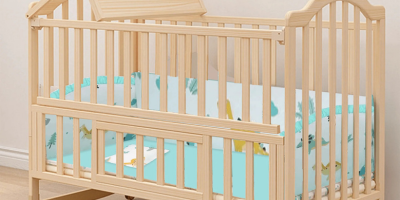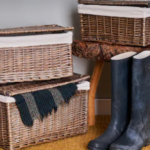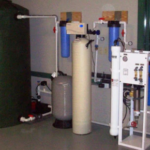Welcoming a newborn into your life is a magical moment, and preparing for their arrival means making important decisions—one of the most essential being selecting the right baby crib. As the centerpiece of your nursery, a crib is where your baby will spend countless hours sleeping and growing. With various styles, materials, and features available, choosing the best option can feel overwhelming. This guide will help you make a well-informed decision that ensures comfort, safety, and peace of mind.
Why a Baby Crib is Essential
A crib is not just another piece of furniture—it’s a secure sleeping space that plays a vital role in your baby’s health and safety. Cribs are designed to meet strict safety standards, preventing injuries and providing your child with a safe environment to rest. According to pediatricians, babies should sleep in their own crib to reduce the risk of Sudden Infant Death Syndrome (SIDS).
Key Features to Look for in a Crib
- Safety Standards: Always ensure the crib meets current safety regulations. Look for certification from recognized organizations such as JPMA (Juvenile Products Manufacturers Association). The slats should be no more than 2 3/8 inches apart to prevent your baby’s head from getting stuck.
- Sturdy Construction: Opt for a crib made from durable materials like hardwood. Avoid models with sharp edges or protruding parts that could pose a hazard.
- Adjustable Mattress Height: A crib with adjustable mattress positions allows you to lower the mattress as your baby grows, preventing them from climbing or falling out.
- Teething Rails: Some cribs come with protective teething rails to prevent your baby from chewing on the wooden edges.
- Convertible Options: Many modern cribs can be converted into toddler beds, daybeds, or even full-sized beds. This adds value and extends the crib’s usability for years.
Types of Baby Cribs
- Standard Cribs: These are classic cribs with fixed sides. They are simple, safe, and reliable.
- Convertible Cribs: These versatile cribs can transform as your child grows, making them a cost-effective long-term investment.
- Mini Cribs: Ideal for small spaces, mini cribs offer the same features in a compact design.
- Portable Cribs: These lightweight cribs are easy to move around and are great for travel or temporary setups.
Mattress Matters
A crib is only as good as the mattress inside it. Choose a mattress that fits snugly within the crib with no gaps larger than two fingers between the edge of the mattress and the crib frame. It should be firm and waterproof for easy cleaning. A breathable mattress can also help regulate your baby’s body temperature during sleep.
Setting Up the Crib
Place the crib away from windows, blinds, and cords to avoid accidents. Keep the crib free from toys, pillows, and loose bedding to minimize the risk of suffocation. Use a fitted sheet designed for crib mattresses, and always lay your baby on their back to sleep.
Maintaining Your Crib
Regular maintenance ensures that the crib remains safe and sturdy. Tighten screws and bolts periodically and inspect for wear and tear. If the crib has been used previously, check for any recalls before assembling it for your baby.
Final Thoughts
Choosing the right crib is one of the most important steps in preparing for your baby’s arrival. It’s an investment in your child’s safety, comfort, and well-being. From sleek designs to multifunctional features, today’s cribs are both stylish and practical.



